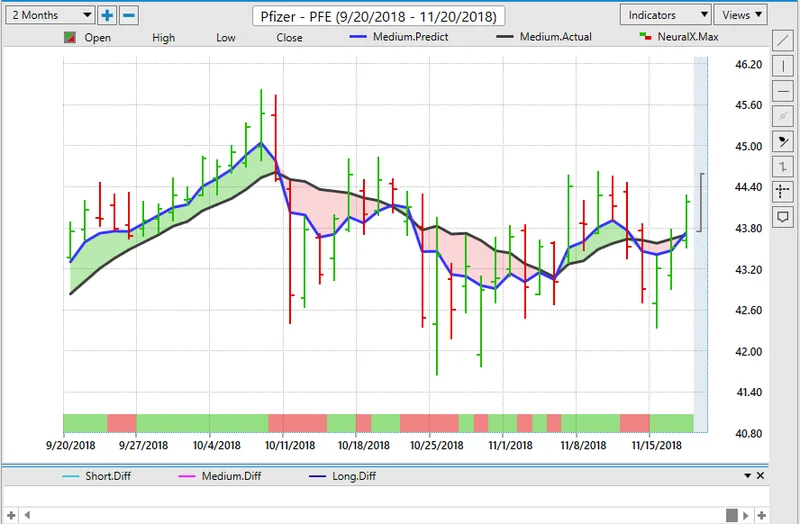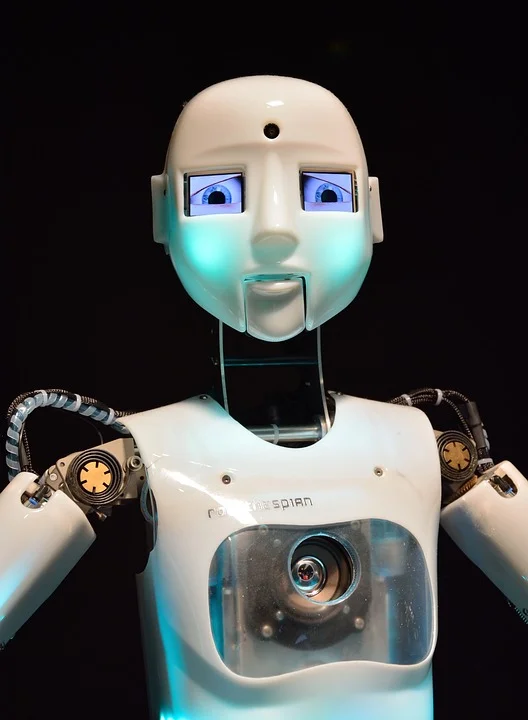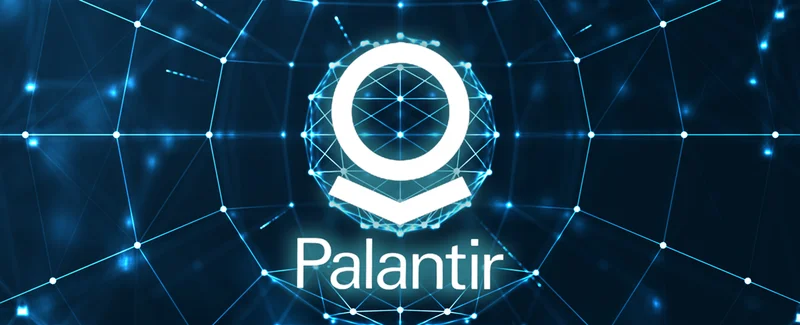Pfizer's Next Chapter: The Biotech Revolution We've Been Waiting For
You’ve seen it. I’ve seen it. We’ve all been there. You’re deep in a flow state, chasing a thread of curiosity down a digital rabbit hole, tabs multiplying like rabbits, when suddenly—BAM. A stark white page. A cold, impersonal message: “Pardon Our Interruption.”
The page goes on to explain, with all the warmth of a user manual, that something about your behavior made it think you were a bot. Maybe you were moving with “super-human speed.” Maybe you had JavaScript or cookies disabled. Maybe a privacy plugin was running. Your first reaction is probably a flash of annoyance. A sigh. Another hoop to jump through, another checkbox to prove you’re not a machine.
But what if I told you that this isn’t an error message? What if it’s a graduation certificate?
When this happened to me last week while pulling up a dozen academic papers on quantum entanglement, I didn’t get frustrated. I honestly just sat back in my chair and smiled. Because in that moment of digital friction, I saw the ghost of the future. That message isn't a sign that the internet is broken. It’s a sign that we are breaking the mold. We’ve finally become so enmeshed with our own tools, so augmented by the technology in our hands, that the internet’s own immune system can no longer reliably tell us apart from the automated scripts we built.
The Turing Test in Reverse
For decades, the central question in artificial intelligence, posed by Alan Turing, was whether a machine could successfully imitate a human. We’ve spent half a century building bots and algorithms, trying to get them to pass for one of us. But that "Pardon Our Interruption" page? It’s the dawn of the inverse Turing Test. It’s no longer about a machine trying to fool a human; it’s about a system trying—and failing—to distinguish a machine from a machine-augmented human.
Think about the reasons it gives. You’re moving with “super-human speed.” This isn’t a bug in your behavior; it’s a feature of your curiosity, amplified by a broadband connection and the muscle memory of a thousand hours of research. You’ve disabled certain scripts or cookies. This isn't a technical fault; it’s a conscious choice made by a sophisticated user who wants to control their digital environment, to curate their own experience.

We are, in essence, becoming the first generation of digital centaurs. In mythology, the centaur was a creature that was half-human, half-horse. In the world of technology, particularly in chess, a "centaur" is a human player paired with a computer—a combination that has proven to be more powerful than either the best human grandmaster or the most powerful supercomputer alone. Today, right now, you are a centaur. Your brain, your intuition, your creativity, fused with the lightning-fast retrieval and processing power of your device. This is a paradigm shift in what it means to "browse" or to "research"—it’s a form of active, technologically-fused thought, and the old web infrastructure is groaning under the strain.
This is like the first automobiles showing up on roads designed for horse-drawn carriages. The system, built for a certain pace and a certain kind of traffic, suddenly sees something moving with a speed and efficiency it can’t comprehend. The natural response isn't to marvel at the innovation; it's to flag it as a dangerous anomaly. That bot check is the digital equivalent of a confused traffic cop, waving a frantic flag at a Model T because it doesn’t have a horse attached to it.
An Accidental Milestone
What we’re seeing is a beautiful, messy, and accidental milestone in our own evolution. We are actively co-evolving with our tools, and this is the moment where the friction becomes visible, where the digital skin of the internet stretches and groans under the pressure of our own cognitive acceleration because we're moving and thinking and connecting ideas with a velocity that the architects of this space never truly anticipated. We are building a kind of cognitive exoskeleton—in simpler terms, a digital shell that amplifies our intelligence—and the old gatekeepers are getting confused.
Of course, this raises profound questions. If our digital fingerprint—our unique pattern of clicks, queries, and connections—starts to look indistinguishable from an advanced algorithm, how do we prove our humanity in a world that will increasingly rely on automated systems for trust and verification? What does digital identity even mean when the line between the user and the user’s tools becomes hopelessly blurred? This isn't just about the minor inconvenience of a CAPTCHA; it's a preview of the much deeper challenges of digital citizenship in the coming age of AI and human augmentation.
But these are the right questions to be asking. They are the challenges of a species leveling up, not one standing still. The solution isn’t to slow down, to browse "more humanly" to appease the algorithm. The solution is for the digital world to catch up to us.
So the next time you hit that wall, the next time a website asks you to "pardon the interruption," don't see it as an accusation. See it as an acknowledgment. A quiet recognition that you are no longer just a simple user. You are a pilot, strapped into a machine of immense power, and you’re flying faster than the system was ever designed to handle. You’re not a bot. You’re what comes next.
This Isn't an Error; It's an Omen
Forget the frustration. That simple, stark page is one of the most optimistic signs I’ve seen in years. It’s a flare in the dark, signaling that we are outgrowing the digital cradles we built for ourselves. It’s proof that we are becoming faster, smarter, and more capable in our symbiosis with technology. The interruption isn't the problem; it’s the evidence of our progress. We are the interruption. And it is glorious.
Related Articles
Robot: Autonomous Catalysis Research – What We Know
The Rise of the Robot Catalyst: Hype vs. Reality Self-driving labs. Autonomous catalysis. The very p...
Blue Origin's New Glenn Launch: What We Know
Blue Origin's New Glenn: Not Just a Rocket, But a Stepping Stone to Our Martian Future Here we go, f...
Anthropic AI: What It Is and Why You Should Probably Be Skeptical
Alright, let's get this straight. Another day, another "revolutionary" AI breakthrough promising to...
Common Supplement: Heart Failure Link and What We Know
Title: Is Your Sleep Aid a Ticking Time Bomb? Rethinking Melatonin's "Harmless" Reputation Okay, fol...
Iren Earnings: What Happened and Why It Matters
Can AI Really Read Your Mind? The Numbers Say "Not Yet" The promise of technology reading our minds...
Palantir Stock (PLTR): The Hype, The Price, and Why It's Not Nvidia
So, let me get this straight. The U.S. Army hands a nine-figure contract to the tech-bro darlings of...





